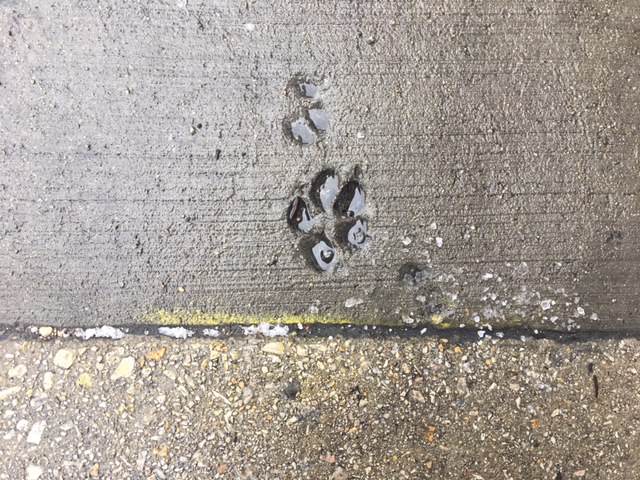
Mia, a three-year-old shepherd mix dog, knows that every day when her owner, South Loop resident John Macchione, comes home from work they are going to Fred Anderson dog park.
“This is Mia’s favorite thing. I’ve never seen or had any bad experiences out here,” Macchione said. “That’s why I moved to this neighborhood in the first place because most of the buildings are dog-friendly. This community definitely had an influence on my decision to move here.”
Fred Anderson is one of four dog parks in the South Loop. Grant Park’s Bark Park was the first South Loop dog park; it was built in 2001 by a nonprofit group. The others are Coliseum Park Dog Run and d’Angelo Park.
Since 2005, each dog park has been fundraised and built by the nonprofit South Loop Dog Park Cooperative. Despite resistance, the group has advocated for creating parks to accommodate the four-legged residents of the South Loop.
The cooperative’s president is Doug Freymann, a 59-year-old associate professor of biochemistry and x-ray crystallography at Northwestern University. Freymann and his wife, Pam, are 19-year residents of the South Loop and have three Australian shepherds.
There are currently three board members in the cooperative. Freymann said an ongoing problem they face is getting people involved at the membership and board level, which helps fund and maintain the parks.
“People use the parks and do not think about how they are created and who keeps up with them,” Freymann said. “There is not an understanding that people actually came together to make these parks.”
Freymann said dog park maintenance includes keeping the dog ‘poo bags’ stocked in the containers as well as general clean up. Freymann estimated the waste bags alone cost the organization $2,500 per year. Some of the parks have sprinkler systems but others need to be power washed throughout the year. Freymann said the best material for the parks is astroturf because it is safe for the dogs. Asphalt surfaces are more likely to harm the dogs, and grass surfaces create mud.
The South Loop Dog Park Cooperative holds fundraising events throughout the year, including ‘Mut Meetups’ and an annual Halloween dog and kid costume contest which is held at Fred Anderson Park.
The most recent South Loop Dog Park Cooperative park project the is Fred Anderson Park, which was finished in 2014 and cost a ‘couple million dollars,’ according to Freymann.
Lorenza Ordonez, and her 8-year-old Doberman mix Daley live right next to Fred Anderson park.

“Fred Anderson is the best dog park because of the space it has and it’s always clean,” Ordonez said. “Especially that there is a separation for the big dogs and small dogs because I think some people aren’t comfortable with their [smaller] dogs around big dogs.”
Ordonez said the other dog owners in the community help keep the park clean as they use it.
The Chicago Park District defines a ‘Dog-Friendly Area,’ or dog park, as “a designated section within a park or beach, where dogs are allowed to run and play off-leash—the only public areas in the City where this is allowed.”
Rules are posted at the park, which includes a warning that any dog at the park must be properly tagged and have its immunizations, and that owners must clean up after their dogs. Fines for not following these rules are up to $500.
Any group that wants to build a dog park must obtain support and approval from the community for the location and raise 100 percent of the funds, without the assistance of the Chicago Park District.
Freymann said the Chicago Park District does not maintain or support the dog parks. In a statement about the proposed construction of a dog park in Bronzeville in October 2016, Park District General Superintendent Michael Kelly said he was apprehensive about creating dog parks.
“I’m not crazy about them. They’re community-based. They’re hard to maintain, they’re hard to get,” Kelly said in a quote to the Chicago Tribune.
Freymann also said the Chicago Park District previously forced the relocation of the Bark Park at Grant Park to a space behind a maintenance shed, did not cooperate with the dog waste bag vendor and advocated building parks with asphalt, which is harmful to dogs.
The reporter contacted Chicago Park District for a quote, but their representative was not available by deadline.
“Dogs are just good; they are part of the family for many people,” Freymann said. “And not only that, people walking dogs are often the only people on the streets. The more dog walkers on the streets actually creates a safer community.”








Be First to Comment